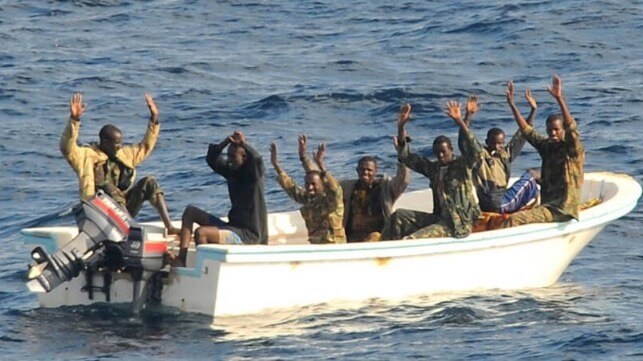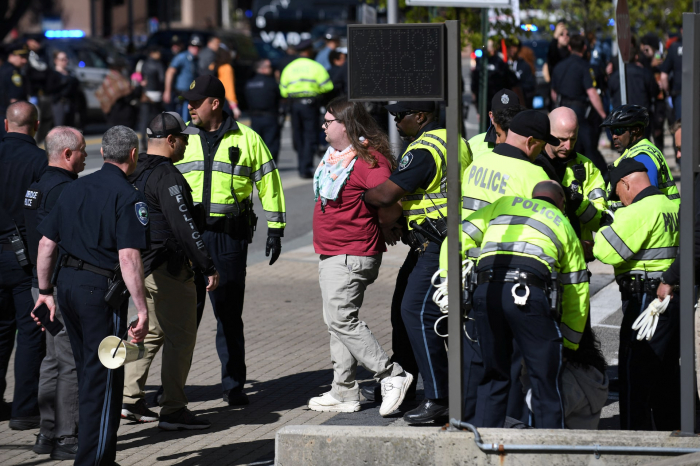Philippine Admiral Goes on Leave After Chinese Claims of a Secret Deal

Days after China's foreign ministry claimed that Philippine defense officials had agreed to a secret deal to reduce tensions at a South China Sea flashpoint, the head of the Armed Forces of the Philippines' Western Command filed for personal leave.
This week, Chinese foreign ministry spokesman Lin Jian said that Beijing had agreed on a "new model" with the AFP's Western Command in order to manage the frequent confrontations at Second Thomas Shoal, where the Philippine military maintains a small garrison on a deteriorating shipwreck.
The China Coast Guard and Chinese maritime militia regularly interfere with the Philippine supply convoys that keep this outpost running, even though the reef is located within the Philippine exclusive economic zone. China claims a large swath of the Spratly Islands and the western Philippine EEZ as its own, even though an international tribunal has ruled against its claims.
Shortly after Lin announced that Manila had agreed to a "new model," AFP Western Command chief Vice Admiral Alberto Carlos filed to take personal leave. His command is currently in the middle of a large multilateral exercise with key foreign partners, including the United States.
The administration of Philippine President Ferdinand Marcos Jr. has fervently denied any agreement on a "new model," and one senior official called the claim a "devious machination of China."
"As far as the Philippine government is concerned, no such document, record or deal exists, as purported by the Chinese Embassy," the Philippine Department of Foreign Affairs said this week.
A spokesperson for the administration raised questions about the specifics of Vice Admiral Carlos' involvement. The admiral personally sustained injuries after a China Coast Guard water cannon attack during a trip to Second Thomas Shoal earlier this year. "If Vice Admiral Carlos entered into some sort of arrangement, why would he be water cannoned and injured? When you put the story together, it unravels," Philippine security council official Jonathan Malaya told local outlet PTV.
A spokesperson for the AFP denied that Vice Adm. Carlos' leave request was in any way connected to the "new model" controversy, and she asked reporters to respect his privacy.
"He applied for personal reasons, let's respect his decision to file [for leave], it's an inherent right of every individual to go on leave, for whatever reasons," AFP spokesperson Col. Francel Margareth Padilla said.


















